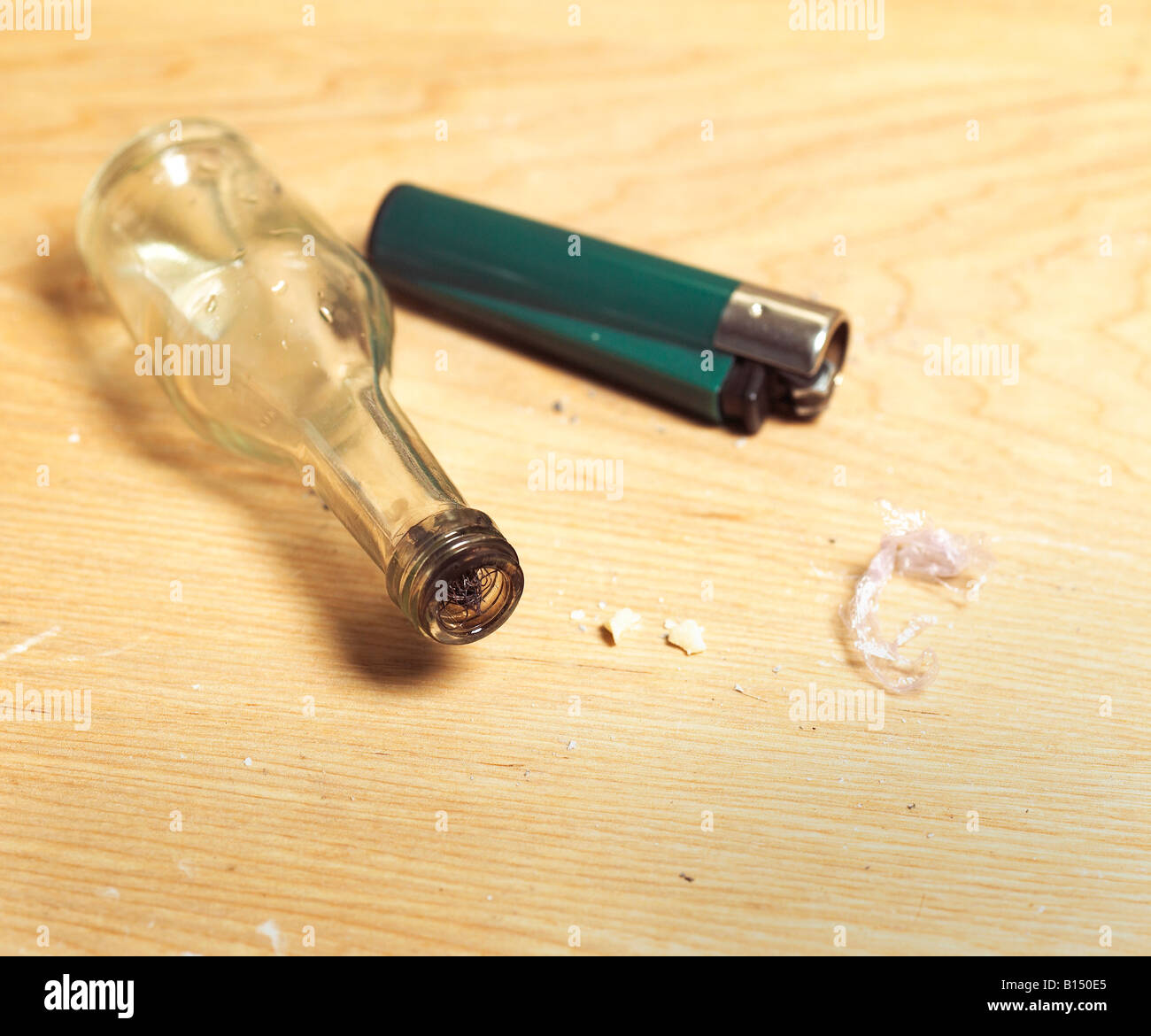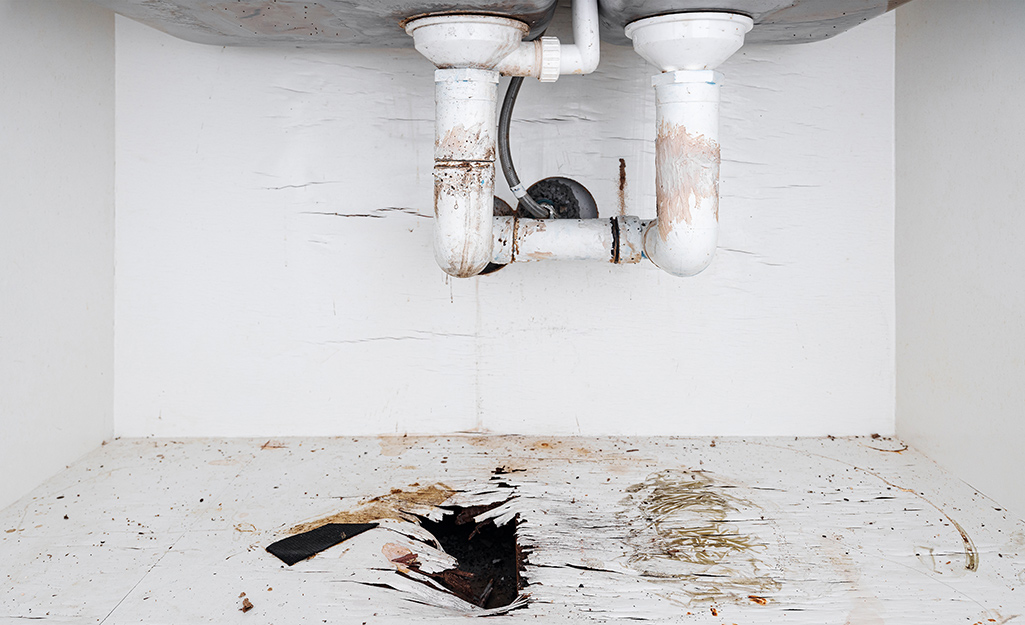


- #Homemade crack pipe ideas how to
- #Homemade crack pipe ideas cracked
- #Homemade crack pipe ideas windows
Shut off the water supply to the location of the frozen pipes (or, if easier, the whole house) by turning it clockwise to its “off” position. STEP 2: Limit the Amount of Water to Run Out

To be sure, check all of the faucets in your home. Starting at the plumbing nearest the faucet, follow the line away from it and feel every few feet to find the coldest pipes, which will likely hold the icy blockage.Īnd, remember: If one pipe has frozen, that means others may be susceptible as well. STEP 1: Find the Frozen Pipeįirst open every faucet in your home to see which, if any, just produces a trickle of water-this is a sign of a frozen pipe-this is a clear sign of a frozen pipe somewhere between the faucet and the water source.
#Homemade crack pipe ideas how to
Photo: How to Thaw Frozen Pipesįortunately, dealing with freezing pipes quickly can greatly minimize water damage to the home.

Plugging in space heaters to run on low in problem areas doesn’t hurt, either, during the coldest times of the year. Leave them slightly ajar, however, and they’ll be warmed with the rest of the room as your HVAC system operates. Plumbing that runs along an exterior wall through an under-sink cabinet in the kitchen or bathroom vanity, for example, will be colder if you keep the cabinet doors shut. That means keeping cold air out or bringing warm air to your cold pipes. To that end, be careful not to close off any indoor pipes from heat in that particular area of the house. The main thing is to make sure your pipes remain sufficiently warm throughout the winter. If not during the whole winter season, you may consider opening a couple of faucets in the coldest areas of the house (where pipes would most likely freeze) just enough to let out a trickle of water. By keeping the faucets open, the flowing water helps prevent pipes from freezing.
#Homemade crack pipe ideas windows
It will also help your pipes-not to mention your wallet overall-if you ensure that all rooms are properly insulated and gaps in leaky windows and doors are closed to prevent blustery drafts. Water pipes located in unheated exterior walls, basements, crawl spaces, or garages should be well insulated with sleeve-style pipe insulation to help maintain temperatures above 32 degrees Fahrenheit and prevent freezing. It should go without saying, but never put antifreeze in outdoor water supply lines! Despite the promising sound of its name, this product will not prevent frozen pipes moreover, it’s harmful to children, pets, wildlife, and landscaping. (Don’t know where to start? Read up on how to winterize your sprinkler system.) Also, remove and drain hoses and shut off valves to outdoor hose bibs. Photo: STEP 2: Drain & Open During the FallĪll outdoor water lines to swimming pools and sprinkler systems should be completely drained in the fall so that there is no moisture left inside to expand in freezing temperatures. If you’re at risk, check out this checklist to help you stop this hazard from striking your home. While the problem is most common in the Northeast and Midwest, frozen pipes can occur in all regions of the country. Untreated leaks in cabinets, walls, floors, and so on can cost homeowners thousands of dollars to clean up and repair, and even open the door for mold and mildew growth.
#Homemade crack pipe ideas cracked
Frozen pipes that have cracked not only need to be replaced but, if they burst indoors, they can also result in serious water damage in that part of the house within hours of thawing out. Plumbing in unheated areas-basements, crawl spaces, attics, garages, exterior walls, or even kitchen cabinets-aren’t well protected from the freezing temperatures, and these pipes can cause the biggest headaches. The types of metal or plastic pipes most susceptible to freezing (unsurprisingly) include outdoor hose bibs, swimming pool supply lines, water sprinkler lines, but indoor plumbing isn’t necessarily any safer. If you’re out of town for the weekend, however, and miss the warning signs, the result could range from a hairline crack to something that spans the length of the pipe. If you turn on a faucet and only get a trickle of water output, you stand a chance at identifying frozen pipes early enough to thaw them. Water expands as it freezes, putting significant pressure on pipes until they cannot hold the ice any longer. When it comes to severe winter threats to your home, frozen pipes pose one of the most dangerous and costly problems. The big freeze has many homeowners scrambling for insulation and space heaters, but some of the most important areas to examine in the home during the winterization process are the plumbing pipes.


 0 kommentar(er)
0 kommentar(er)
